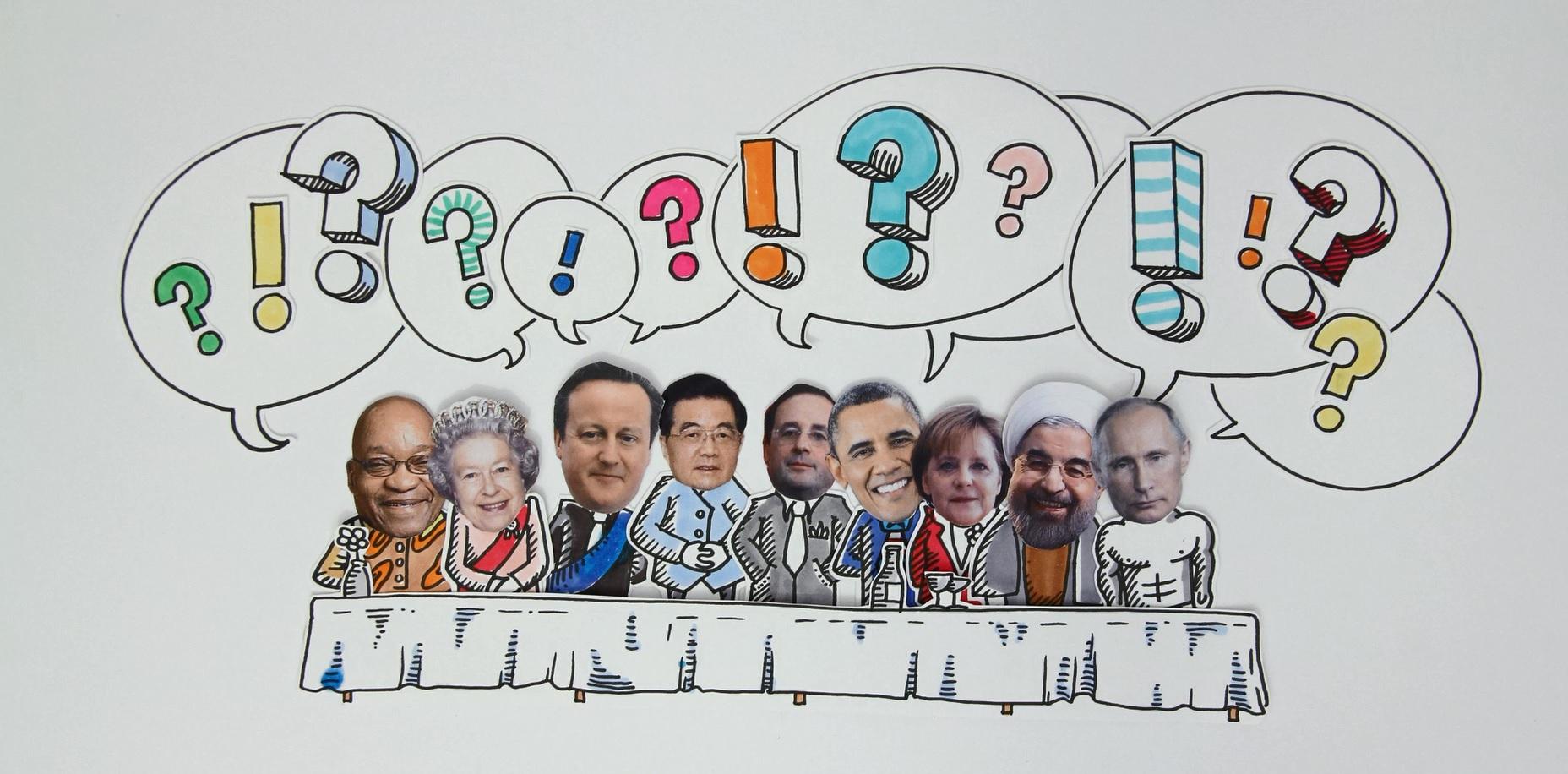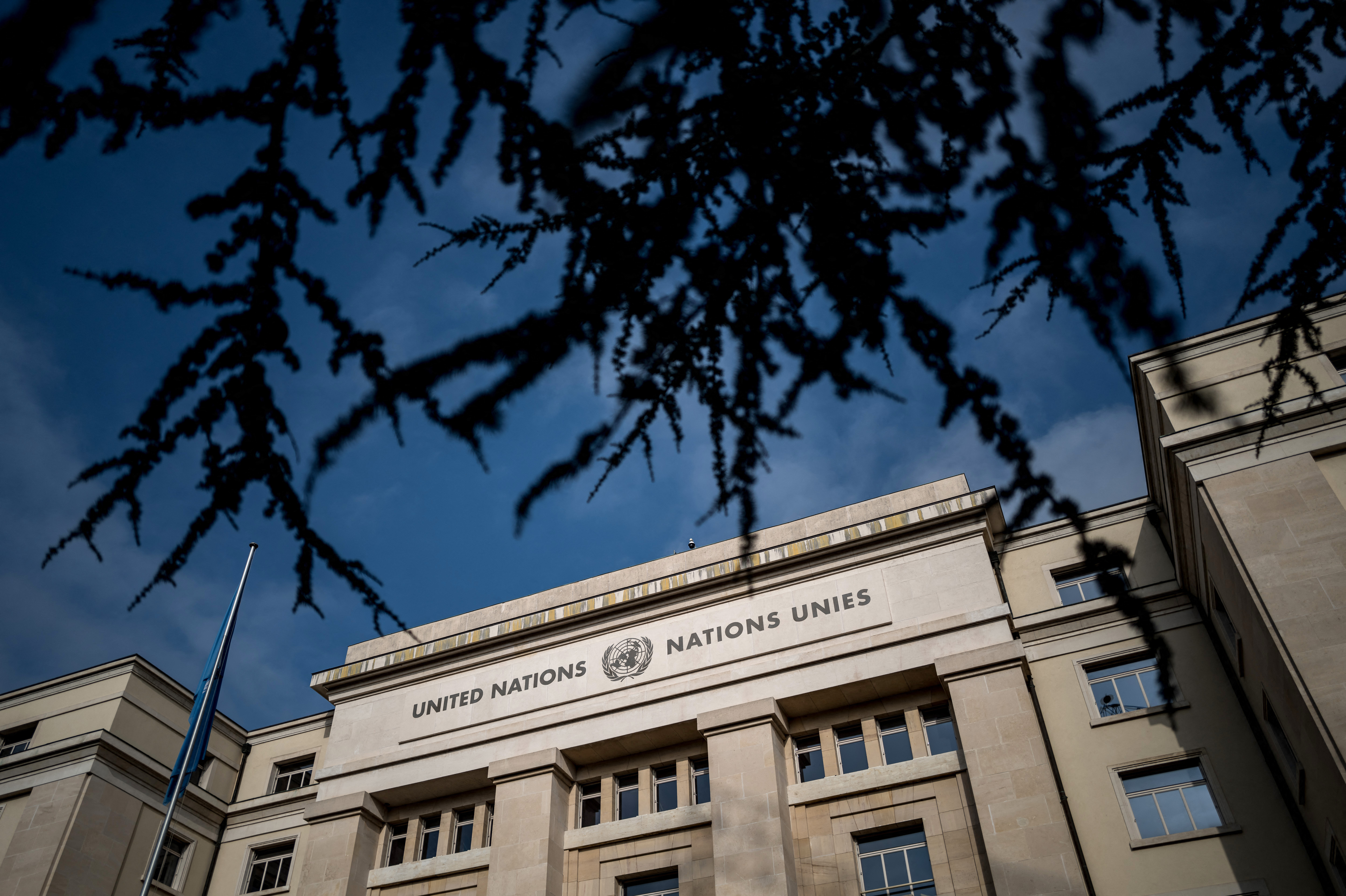How can countries make progress on global climate policy?
Tuesday’s climate summit in New York brings together policymakers from around the globe to facilitate reaching agreement on an effective climate deal in 2015. Given the frequent warnings from international scientists about the dangers of global warming and the role of human activity as well as months marked by several destructive extreme weather events, it seems important to ask just what will it take for countries to reach agreement on a climate treaty.
Although climate change is a global problem, the main hurdles to an effective climate deal are domestic. The Obama administration is currently attempting to sidestep the requirement that any legally binding treaty has to receive approval by two-thirds of the Senate. Yet, even if this strategy avoids Republican lawmakers voting against an ambitious climate treaty, only an agreement with broad public support stands a chance at actually being implemented. Incongruously, some public debate and even research in the United States has largely focused on the question of whether taking action on climate change is very popular or perhaps a bit less so. This debate misses the point that the public doesn’t have one opinion about supporting climate change any more than it has one opinion about buying a new car. Demand for climate treaties depends on the costs and features of an agreement just like demand for a car depends on its price and options.
In recently published research in the Proceedings of the National Academy of the Sciences, we carried out survey experiments on 8,500 citizens in the United States, France, Germany and the United Kingdom to find out what features of an agreement were important to the public. Intuitively, support for a climate treaty depends strongly on the agreement’s cost. Less expensive treaties receive considerably more support. An increase in average household costs to support climate mitigation from 0.5 percent to 1 percent of gross domestic product decreases public support by 10 percentage points. This shows that public demand for climate policy is highly sensitive to its price.

More
Global climate cooperation: what does it take?
However, governments can make global climate pacts—even expensive ones—more attractive by adding features that the public values in an agreement, much like the effect of those attractive options in a desirable but pricy car. Our research suggests that distributing the costs across countries such that they resonate with fairness norms like the “polluter pays” principle significantly bolsters support. Similarly, negotiators can design more attractive agreements by including many countries, creating an independent monitoring body to keep track of whether countries are meeting their emission targets, and employing small sanctions for countries that miss their obligations.
Why are these types of features attractive to the public? One part of the story is that many may associate these characteristics with an effective agreement that is more likely to curb global warming. But it is also likely that some of these features resonate with widely held social norms that can also enhance political support. For example, reciprocity is a powerful force in many areas of human interaction and agreements that tap into reciprocal norms will generally be more popular.
Although the general level of support for global climate policy is lower in the United States than in other countries, publics in all four countries we have studied have very similar opinions about which features of climate agreements are desirable. This means that at least in relatively wealthy democracies, leaders face similar demands.
At the same time, whether design choices can turn a climate treaty rejected by a majority into one supported by a majority also depends on the baseline level of support for climate policy. Our results show that the most popular agreement brings about such a decisive shift in France, Germany, and the United Kingdom. In the United States, the most attractive combination of climate treaty design features included in our study increases support from 29 percent to 47. This is a substantial bump but perhaps not the kind of widespread support needed to push American politicians to an agreement. To get there, policymakers, like automobile manufacturers attracting new consumers, need to innovate and identify a treaty at the right price with the right features that attracts majority support around the world.
Kenneth Scheve External linkis Professor of Political Science at Stanford University and a Senior Fellow at Stanford’s Freeman Spogli Institute. He currently serves as the Director of The Europe Center at FSI.
Michael M. BechtelExternal link is an SNSF Research Professor at the University of St.Gallen’s Department of Political Science. He specializes in comparative and international political economy with a focus on the politics of economic and environmental risks.

In compliance with the JTI standards
More: SWI swissinfo.ch certified by the Journalism Trust Initiative











You can find an overview of ongoing debates with our journalists here . Please join us!
If you want to start a conversation about a topic raised in this article or want to report factual errors, email us at english@swissinfo.ch.